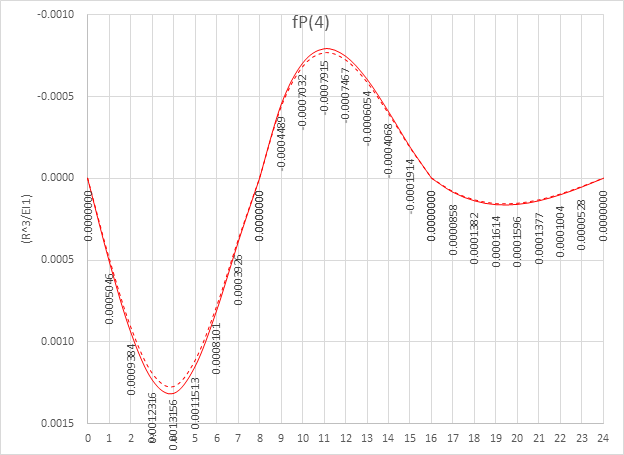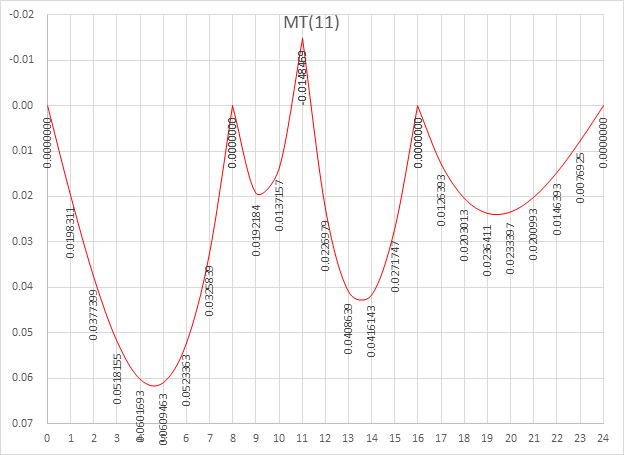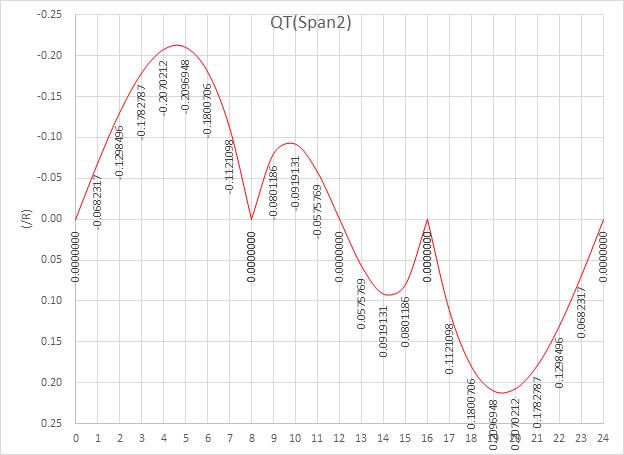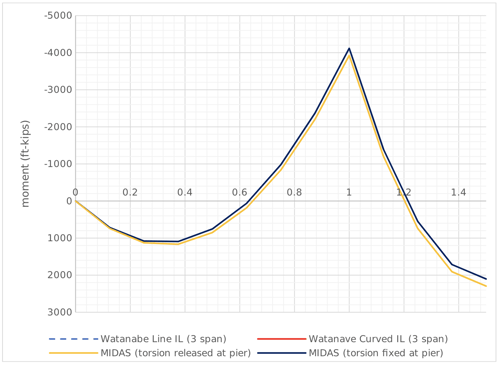Expert Tip: Influence Line Theory for Curved Girders

Author: Seungwoo Lee, Ph.D., P.E., S.E.
Publish Date: 23 Sep, 2021
Overview
Curved girder analysis is not easy like straight girders, and only limited software can handle this problem. Dr. Watanabe developed a full influence line theory for three-span continuous curved girders. The detailed theory is quite interesting, but only the methodology of how to use his methods is discussed in the article. His methods give an exact solution for a symmetric three-span curved girder, and the warping effects are not included. As always, start with an example. The input and output are self-explanatory and detailed discussion is not provided.

Figure 1 Three-span continuous curved girder
Input
Dr. Watanabe’s method requires only five inputs.
- Side span angle = 25°
- Center span angle = 40°
- Side span stiffness ratio

- Center span stiffness ratio

- Moment of inertia ratio

Influence line due to point load

Figure 2 Moment at 3/8 location, span 2

Figure 3 Torsion at 0/8 location, span 2

Figure 4 Shear, span 2

Figure 5 Deflection at 4/8 location, span 1

Figure 6 Twist angle at 4/8 location, span 2
Influence line due to torsional moment

Figure 7 Moment at 3/8 location, span 2

Figure 8 Torsion at 3/8 location, span 2

Figure 9 Shear, span 2

Figure 10 Torsion at 8/8 location, span 1

Figure 11 Torsion at 0/8 location, span 2

Figure 12 Torsion at support B

Figure 13 Deflection at 2/8 location, span 1

Figure 14 Twist angle at 2/8 location, span 2





Add a Comment